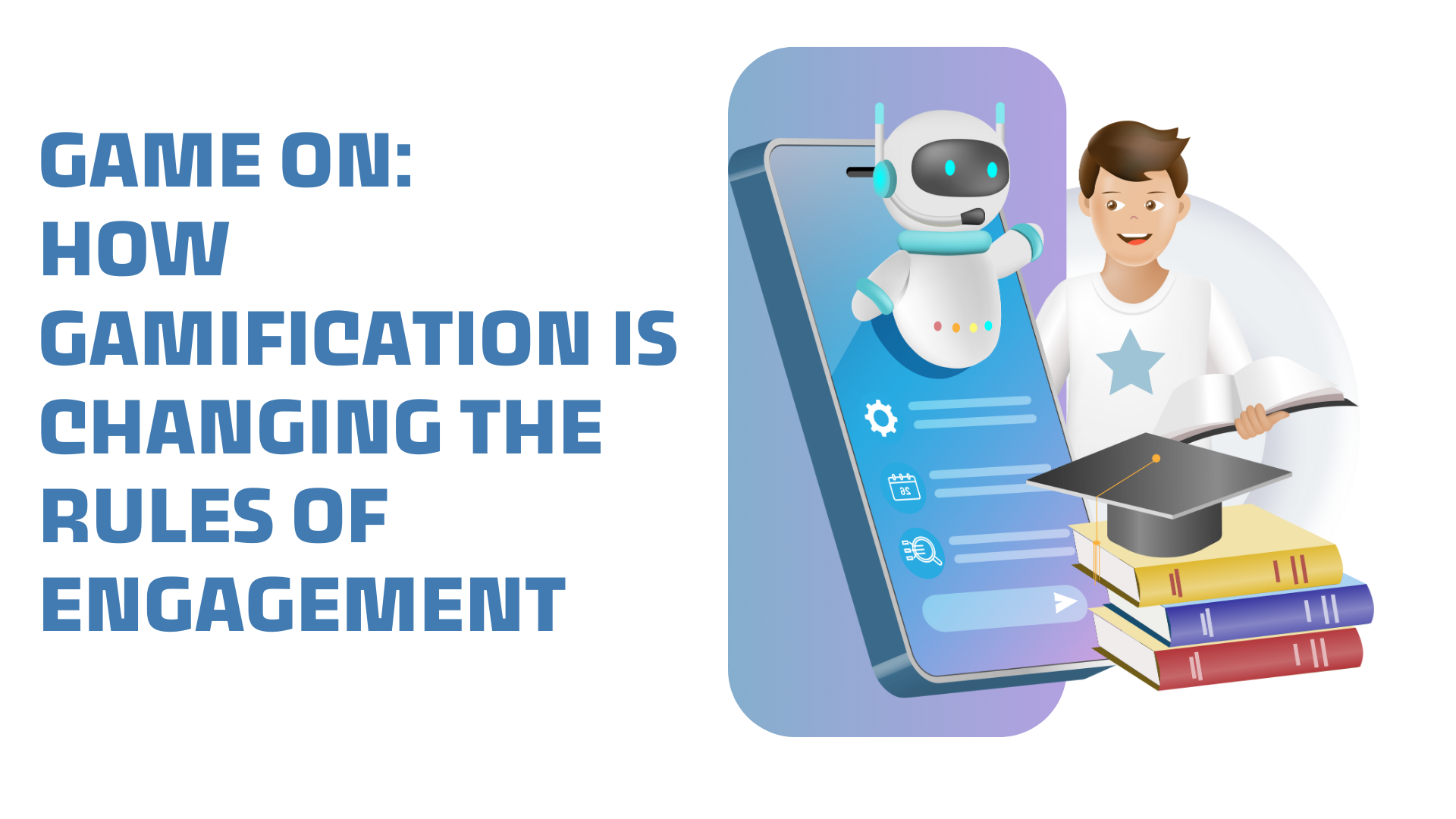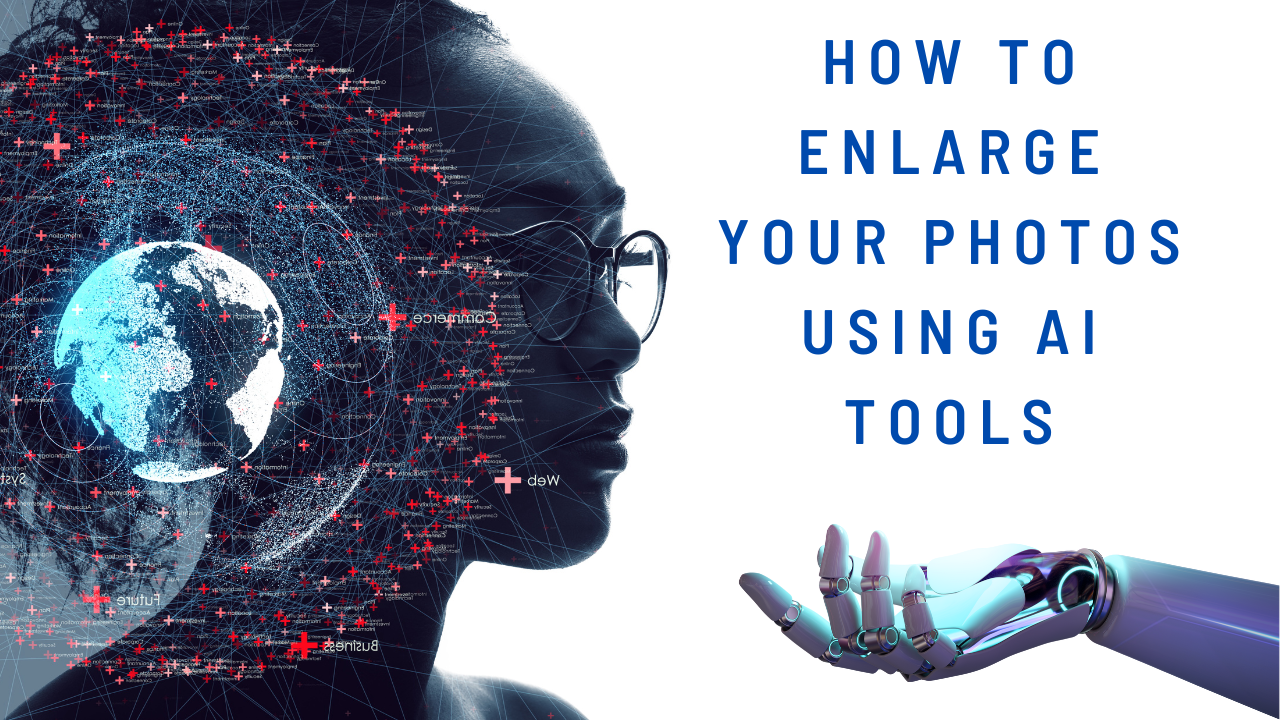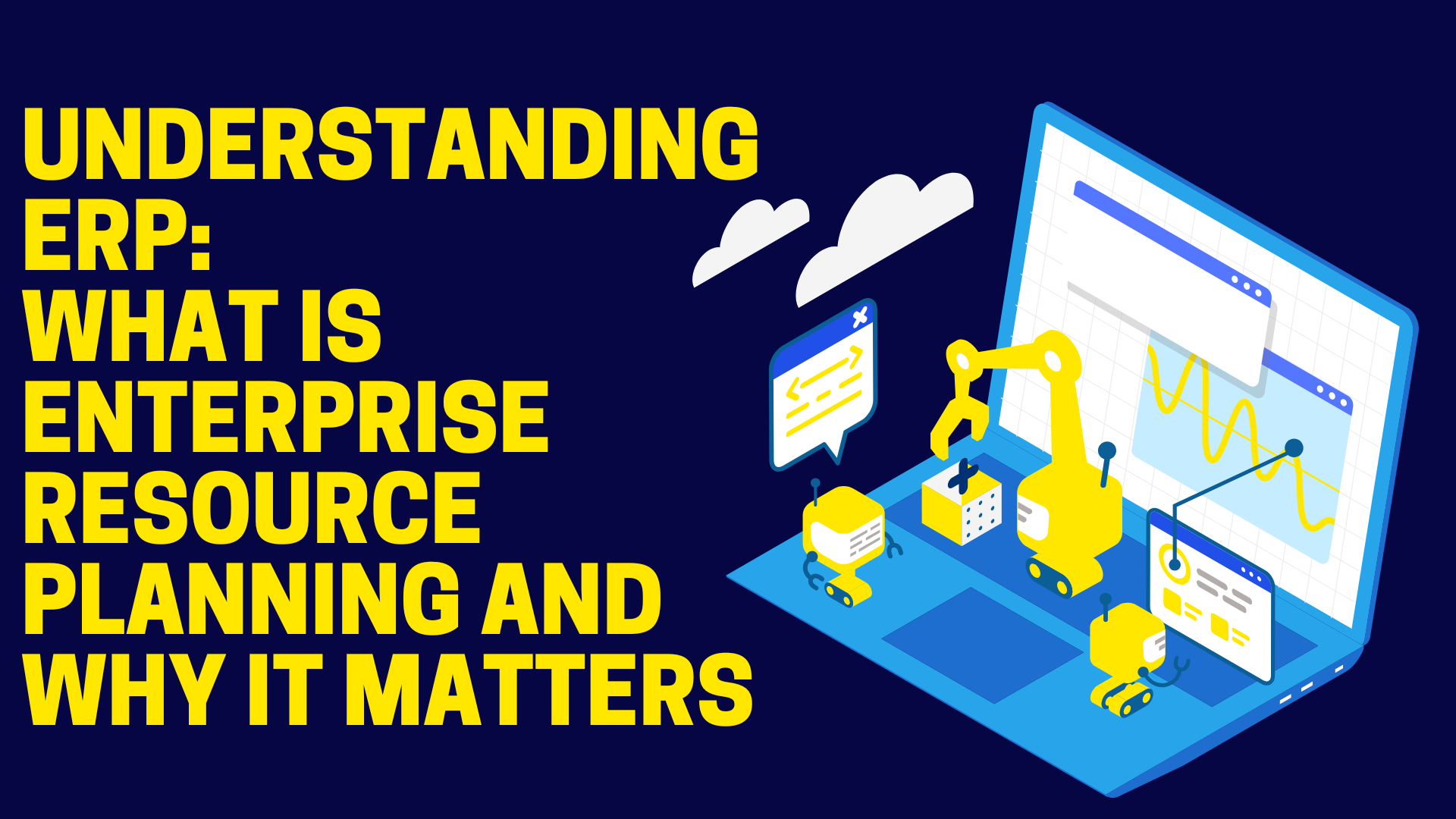In recent years, the term “gamification” has surged in popularity, transforming the way we engage with various activities in our daily lives. From education to marketing, businesses are leveraging the principles of game design to enhance user experience, motivate behavior, and ultimately change the rules of engagement. This article explores what gamification is, how it works, and its impact across different sectors, while providing insights into why this trend is not just a passing fad but a revolutionary approach to engaging people in meaningful ways.
What is Gamification?
At its core, gamification involves integrating game-like elements into non-gaming contexts to enhance user engagement and encourage specific behaviors. According to CG’s blog post this might include adding points, badges, leaderboards, challenges, and rewards to activities that traditionally lack these dynamics. The objective is to tap into human psychology, motivating people through a sense of achievement, competition, and fun.
Think of gamification as a way to turn mundane tasks into exciting challenges. For instance, a company might create a point system for employees who complete training modules, offering rewards for reaching certain milestones. This strategy not only makes the learning process more enjoyable but also fosters a competitive spirit that drives participation.
The Psychology Behind Gamification
Understanding the psychology behind gamification is essential to appreciating its effectiveness. It plays on various motivational theories:
* Intrinsic Motivation: This refers to doing something for its own sake. Gamification can enhance intrinsic motivation by providing users with a sense of purpose and accomplishment. For example, a student who earns badges for completing reading assignments may feel a sense of pride and satisfaction beyond just receiving a grade.
* Extrinsic Motivation: This involves external rewards, such as points or prizes, that incentivize behavior. While extrinsic rewards can effectively motivate people initially, over-reliance on them can diminish intrinsic motivation. Balancing both types of motivation is key to successful gamification.
* Immediate Feedback: Games often provide instant feedback, which is crucial for learning and improvement. When users receive real-time updates on their progress, it encourages them to keep pushing forward. In a workplace setting, for instance, a sales dashboard that shows real-time performance can motivate employees to achieve their targets.
Applications of Gamification Across Sectors
1. Education
Gamification in education has gained traction as a powerful tool for enhancing student engagement and learning outcomes. Traditional teaching methods can sometimes fail to capture the attention of today’s learners, but gamified approaches transform the learning experience.
Interactive Learning Platforms: Tools like Kahoot! and Quizizz utilize gamification to make quizzes and assessments more engaging. Students compete against each other in real-time, earning points for correct answers, which fosters a fun and interactive learning environment.
Personalized Learning Paths: Many educational apps now offer customized learning experiences that adapt to individual progress. By unlocking new levels or content as students master skills, these platforms keep learners motivated and invested in their education.
2. Business
In the corporate world, gamification is reshaping how companies train and engage their employees. Organizations are recognizing that making work enjoyable can lead to increased productivity and job satisfaction.
Employee Training: Companies like Deloitte use gamified simulations to train employees in various scenarios. By placing employees in virtual environments where they must make decisions and face consequences, they gain practical experience in a safe setting.
Performance Management: Many businesses implement leaderboards to track employee performance, fostering a sense of competition. This strategy encourages employees to excel while also promoting transparency in performance metrics.
3. Marketing
Gamification is not limited to internal processes; it is also a powerful tool for engaging customers. Brands leverage gamification to enhance customer experience, drive loyalty, and encourage social sharing.
Loyalty Programs: Starbucks’ rewards program is a prime example of gamification in marketing. Customers earn stars for purchases, unlocking various rewards and incentives. This not only encourages repeat business but also creates a sense of belonging within the brand community.
Social Media Engagement: Brands often use gamified contests or challenges on social media to increase engagement. For instance, a fashion brand might encourage followers to post pictures wearing their products with a specific hashtag, offering prizes for the most creative entries.
The Benefits of Gamification
Gamification offers numerous advantages across various domains:
* Enhanced Engagement: By making tasks more enjoyable, gamification captures attention and encourages participation. Whether in the classroom or the workplace, people are more likely to engage with activities that feel like games.
* Increased Motivation: The competitive nature of gamification can drive people to push themselves further, whether striving for top scores in a learning app or aiming for a higher sales ranking in the workplace.
* Improved Retention: Gamified experiences often lead to better retention of information. In educational contexts, interactive learning helps students remember concepts more effectively than traditional methods.
* Data-Driven Insights: Gamification generates valuable data on user behavior. Companies can analyze this data to refine their strategies and better understand what motivates their users.
Gamification is not just a trend; it is a fundamental shift in how we can engage with various processes, making them more interactive and rewarding.
Challenges and Critiques of Gamification
While gamification presents numerous benefits, it also faces critiques and challenges:
* Superficial Engagement: One common criticism is that gamification can lead to shallow engagement. If not designed thoughtfully, it may encourage users to chase points or rewards rather than genuinely engaging with the material.
* Over-Reliance on Extrinsic Rewards: Relying too heavily on external rewards can undermine intrinsic motivation. It’s crucial for gamification strategies to foster a balance, ensuring that users find joy in the activity itself.
* One-Size-Fits-All Approach: Not all users respond the same way to gamification. Different demographics and personalities may require tailored approaches to gamification for maximum effectiveness.
Future Trends in Gamification
The future of gamification is promising, with advancements in technology poised to enhance its impact further:
* Augmented Reality (AR) and Virtual Reality (VR): These technologies can create immersive gamified experiences that blur the lines between reality and gaming. Imagine students exploring historical sites through AR or employees training in VR environments that simulate real-world scenarios.
* Artificial Intelligence (AI): AI can personalize gamified experiences, adapting challenges to match individual users' skill levels and preferences. This tailored approach can increase engagement and satisfaction.
* Social Connectivity: The rise of social media and online communities will likely lead to more collaborative gamification strategies. Users may work together in teams to achieve shared goals, fostering a sense of community and collective achievement.
Conclusion
Gamification is undeniably changing the rules of engagement across various sectors, transforming how we learn, work, and interact with brands. By tapping into our innate desire for achievement and competition, gamification enhances motivation, engagement, and retention in ways that traditional methods often cannot. As we move forward, the continued integration of gamification, alongside advancements in technology, promises to create even more dynamic and interactive experiences. Whether in education, business, or marketing, the impact of gamification is set to grow, reshaping how we engage with the world around us.
As you explore gamification in your life or work, consider how you can apply these principles to create more engaging and rewarding experiences for yourself and others. Game on!

















Post Comments